Heating of an apartment building - existing options
The lion's share of the modern housing stock of large cities falls on high-rise buildings built during the Soviet Union. In those days, the issue of heat saving was not so acute, and the heating of residential buildings was carried out through a centralized system. Then it was relevant, but at the moment more and more of our compatriots are thinking about how to refuse heating in an apartment building.
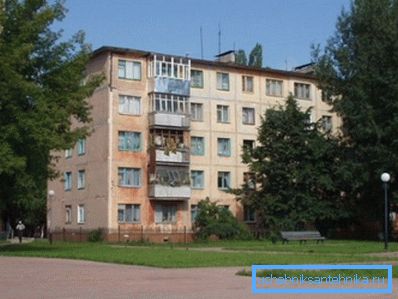
Central heating system
No one would argue with the fact that the centralized system for supplying heat to apartment buildings, in the form in which it now exists, to put it mildly, is morally obsolete.
It is no secret that losses during transportation can reach up to 30% and we have to pay for all this. The refusal of central heating in an apartment building is complicated and troublesome, but first let's see how it works.
Heating of a multi-storey building is a complex engineering structure. Here there is a whole set of sinks, distributors, flanges, which are tied to the central unit, the so-called elevator unit, through which the heating in the apartment building is regulated.
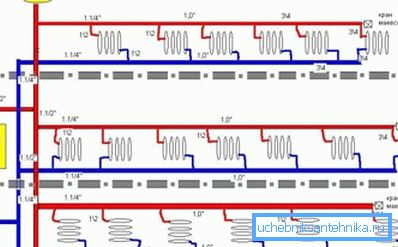
It makes no sense now to tell in detail about the intricacies of the work of this system, since the professionals and the average man simply do not need it, because nothing depends on him here. For clarity, we better consider the scheme of heat supply to the apartment.
Bottom bottling
As the name implies, the distribution scheme with bottom bottling provides for the supply of coolant from the bottom up. Classical heating of a 5-storey building, mounted according to this principle.
As a rule, supply and return flow are installed around the perimeter of the building and pass in the basement. Supply and return risers, in this case, are bridges between highways. This is a closed system that rises to the extreme floor and goes down again to the basement.

In spite of the fact that this scheme is considered the simplest, it is troublesome to put it into operation, for locksmiths. The fact is that at the top of each riser a device is installed for air bleeding, the so-called Mayevsky crane. Before each launch, you need to release air, otherwise the airlock will close the system and the riser will not be heated.
Important: some residents of the outer floors are trying to move the air vent valve to the attic, so as not to collide with housing and communal services workers every season. Such an alteration can be costly. The attic is a cold room, and if heating is stopped for an hour in the winter, the pipes in the attic will freeze and break them.
A serious disadvantage here is that on the one hand the five-story building, where the input passes, the batteries are hot, and on the opposite side they are cool. This is especially felt on the lower floors.

Top bottling
The heating device in the nine-storey building, performed on a completely different principle. The supply line, bypassing the apartment, is immediately taken to the upper technical floor. Here is also the expansion tank, the air release valve and the system of valves, which allows to cut off the entire riser, if necessary.
In this case, the heat is more evenly distributed to all radiators of the apartment, regardless of their location. But another problem comes up here, the heating of the ground floor in the nine-storey building leaves much to be desired. After all, having passed through all the floors, the heat carrier comes down already barely warm; you can only fight this by increasing the number of sections in the radiator.
Important: the problem with the freezing of water on the technical floor, in this case, is not so acute. After all, the cross-section of the supply line is about 50 mm, and in the event of an accident, you can completely drain the water from the entire riser in a few seconds; you just need to open the vent in the attic and the valve in the basement.

Temperature balance
Of course, everyone knows that the central heating in an apartment building has its clearly regulated standards. So in the heating season the temperature in the rooms should not fall below +20? С, in the bathroom or in the combined bathroom +25? С.
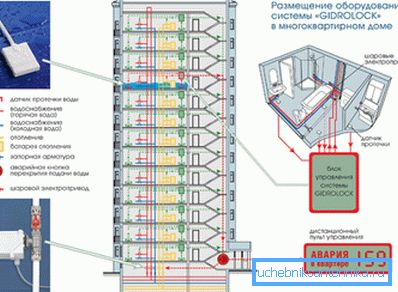
In view of the fact that the kitchen in old houses does not differ in large quadrature, plus it is naturally heated due to the periodic operation of the furnace, the permissible minimum temperature in it is +18? С.
Important: all the above data are valid for apartments located in the central part of the building. For side apartments, where most of the walls are exterior, the instruction prescribes a temperature rise above the standard by 2-5? С.
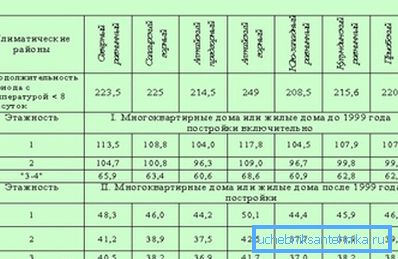
Individual heating problems
The refusal of central heating in an apartment building is a cherished dream of many of our compatriots. If in large industrial centers the residential heating system is still in decent condition, then on the outskirts of our mighty homeland things are not so rosy.
Two sides of the problem
Individual abandonment of heating in an apartment building, as already mentioned, is a complex and troublesome process. Conventionally, the entire problem can be divided into 2 important stages, this is legal, that is, the execution of various kinds of documents and coordination by instances. And technical, which includes the actual purchase and installation of equipment.
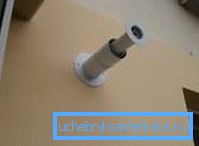
It may sound strange, but the technical stage is much simpler. Now the market offers many options for heating any housing, there are many specialized organizations that are able to quickly and accurately mount any equipment. In some cases, all this can even be mounted with your own hands.
Given the level of bureaucracy and the number of officials in our country, legal registration sometimes turns into a very nervous and costly undertaking. The reason is elementary simple. Turning to the individual system, you stop paying the service company for heating, and the official, who will voluntarily select a piece of bread in his beloved one, has not yet been born. Therefore, often the problem is solved only through the courts.
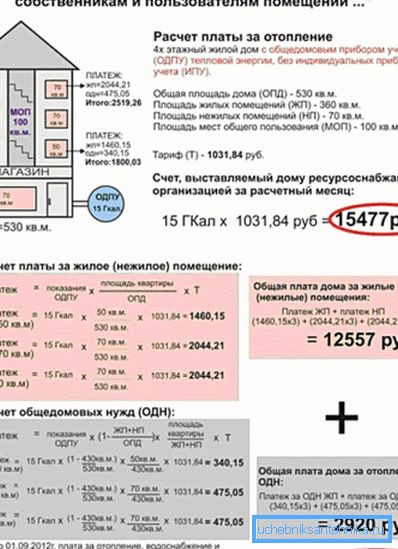
Basic documentation
Below we provide a list of approvals and documents common to all, but sometimes some additional amendments and requirements are made at the local level.
Therefore, before starting your “attack on the bureaucracy”, it will not be superfluous to consult a specialized lawyer.
- Initially, you should get a certificate of the availability of technical capabilities for holding such events. It is the operating company that issues it, and at this stage the greatest difficulties may arise, because it is not easy to refuse the extra payer.
- Further technical specifications for the installation of an autonomous system are drawn up. That is, the level of gas or electricity consumption, the possibility and nature of the connection and everything connected with it is calculated. Here it is better to hire a specialist.
- Naturally without firefighters in any way. On the basis of technical conditions and justifications, the fire inspector draws up and issues the corresponding act.

- If a heating system is planned for a dwelling house with natural gas, then a boiler or a heating convector will require the installation of a coaxial pipe to remove the combustion products and supply fresh air to the burner. In addition to the gas service itself, permission for such installation is also signed at the sanitary and epidemiological station.
- Even if you are a master and you can easily arrange everything yourself, in any case, you will need to hire a company that has an official license to carry out such work. And you must remain certified copies of the licenses themselves.
- After everything is installed and ready to work, you should call the representative of the local gas service to connect and seal the system. Here you can draw up a contract for servicing the unit, without it you will not be given permission to operate.

The practical side of the issue
After obtaining all permits, the first thing you need to do is to get rid of all the heating devices connected to the central system. In modern new buildings this is done simply, there apartments are dealt with the expectation that the owners themselves should install the layout. It is enough to block and seal the input.
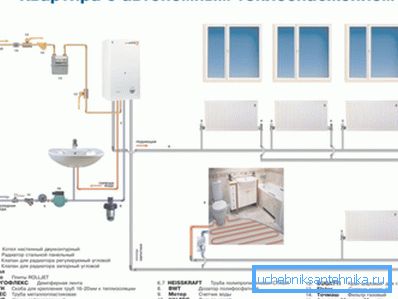
With Khrushchev and nine-story buildings, the situation is much more complicated. There are risers right in the apartment. The easiest way to disconnect the residents of the last floor, the system is cut off from the neighbors from the bottom and looped.
Owners of middle floors will have to mount powerful thermal insulation on the riser to prove to the authorities that they do not use public heat. The standards are floating here, so everything depends on the will of the official.
A few words about heaters
In this case, heating can be organized in two ways: by means of convectors and by installing a fluid system with a boiler. Gas or electric convectors are devices of local action. They are attached to the wall and fully heat only one room.
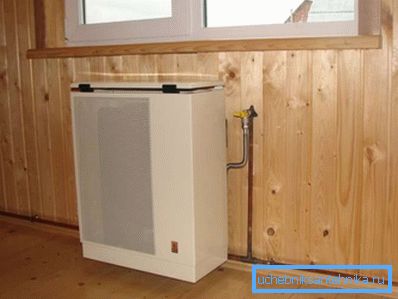
Installing a gas or electric convector for heating a city apartment is advisable only as a supplement to the central system. In this case, the officials will not be strongly discouraged, since they do not lose anything.
If it is planned to completely abandon central heating in an apartment building, then it is more profitable to install a central boiler.
- Heating a residential building with a gas boiler is the most profitable option. In this case, the best option would be to install a wall-mounted unit. The capacity of such boilers reaches 25 kW and they cope well with the heating of an apartment of 100m ?. In the southern regions or in the apartments located in the center of the building, such a boiler is able to cope with a larger square. Plus the second circuit will provide you with hot water for domestic needs.

- The same can be said about electric boilers.. By power, they are quite comparable with gas equipment. They are also available in single or dual circuit. The price of such equipment is much lower, but subsequently heating with electricity is a bit more expensive.
- We should also mention the electrode boilers.. The dimensions of these units are perfect for the conditions of a city apartment, the price of the equipment is quite democratic, plus in comparison with other electrical appliances, these boilers are much more economical. The only problem is that they are intended only for heating, it will not work to heat water for domestic use.
Choosing a radiator
As you know, the temperature in the room largely depends on the quality of the selected batteries.
The number, material and configuration of the sections, while directly dependent on the amount of heat released and of course fuel economy.

- Steel radiators are now extremely rare. These designs have more minuses than pluses. With a sufficiently mediocre heat transfer, they are highly susceptible to corrosive processes and will not last for a long time. In their defense says only low price.
- Relatively recently appeared aluminum batteries are deservedly popular. They are lightweight, durable and have unique heat transfer characteristics. They are ideal for an autonomous system, but in a centralized urban system, aluminum may not withstand water hammer.
- Bimetallic batteries were developed for urban systems with high pressure. Aluminum sputtering is made on the steel frame, due to which they are in no way inferior to the best samples in this field.
- Naturally, cast iron batteries for heating systems are deservedly considered as classics. As for the technical characteristics, cast iron, except for a solid mass, is suitable for heating systems as well as possible. Some do not like these batteries for a rough appearance, but modern cast iron radiators look no worse, and sometimes even better than fashionable aluminum counterparts.

The video shows the subtleties of choice and installation.
Conclusion
According to experts, central heating in an apartment building will disappear sooner or later, giving way to small boiler rooms and personal heating systems. But so far, in most regions, it copes with the tasks assigned to it.
